24/7 Emergency Call 517-955-2995
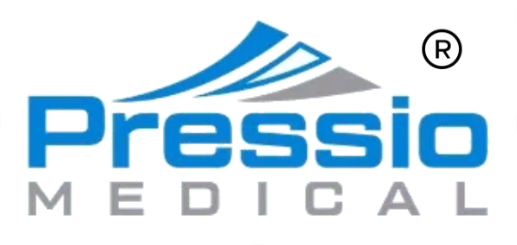

Breg VPulse Cold Compression Therapy
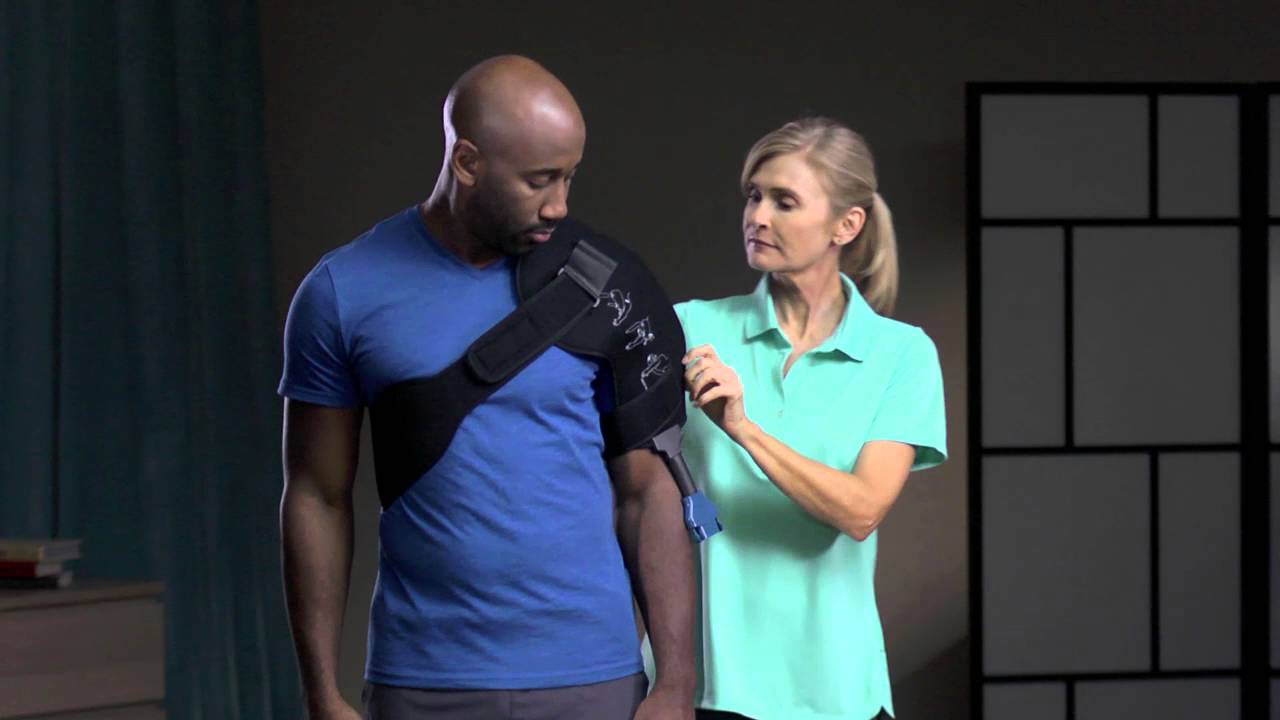
Slide title
Write your caption hereButton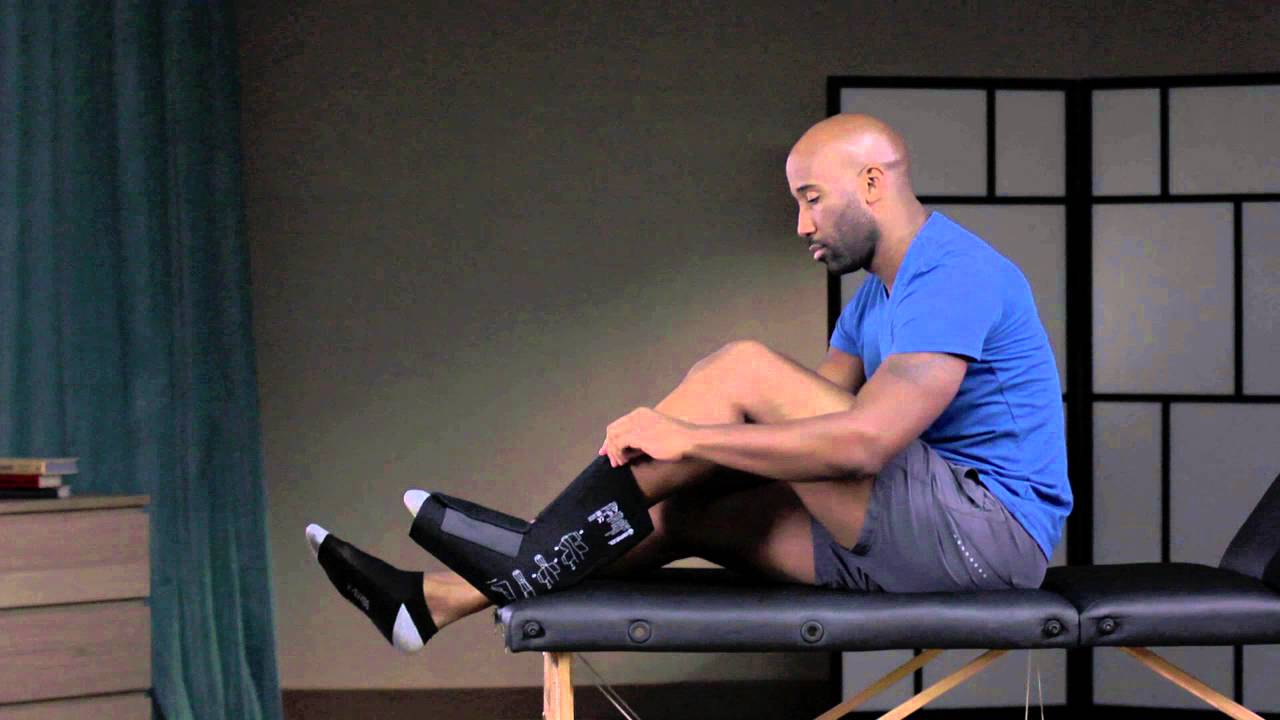
Slide title
Write your caption hereButton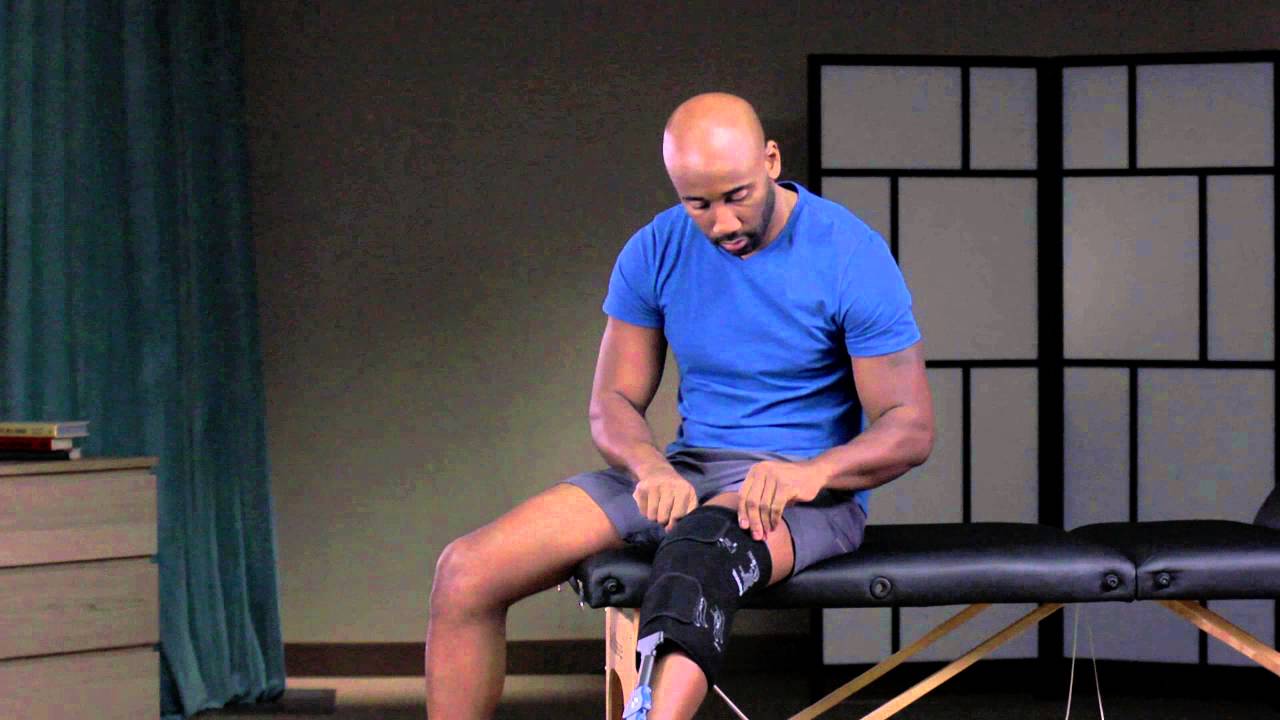
Slide title
Write your caption hereButton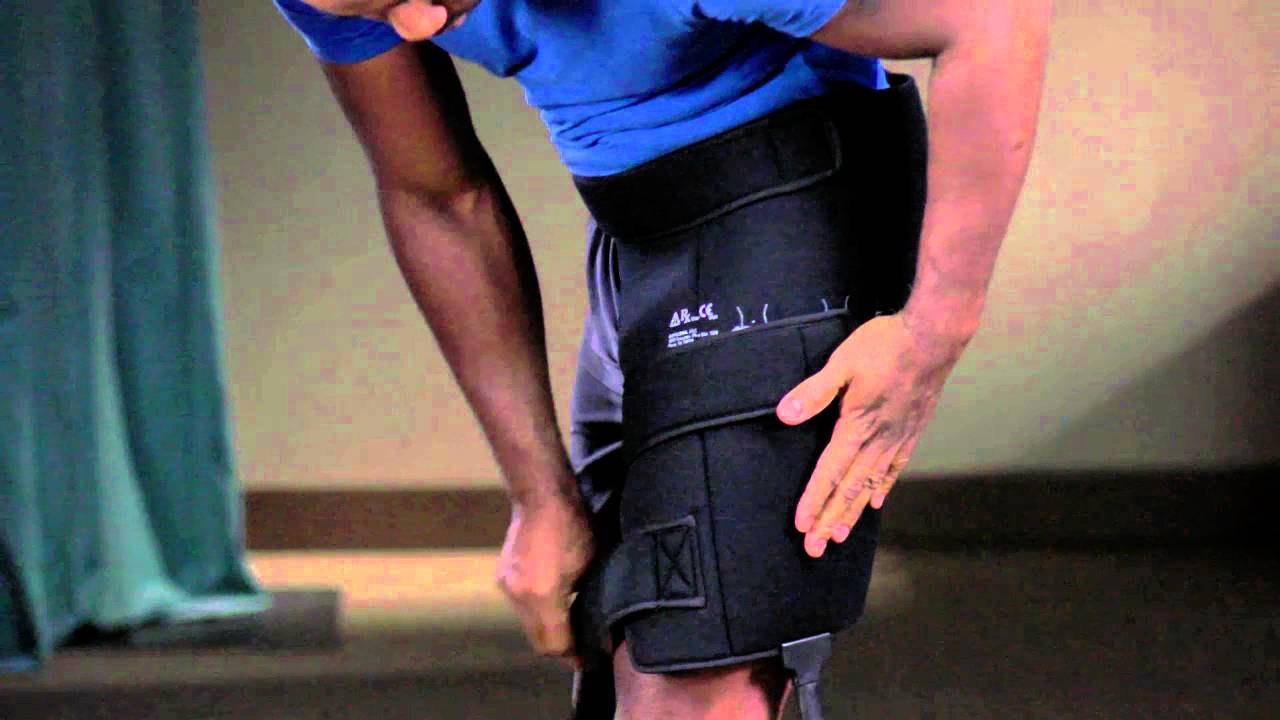
Slide title
Write your caption hereButton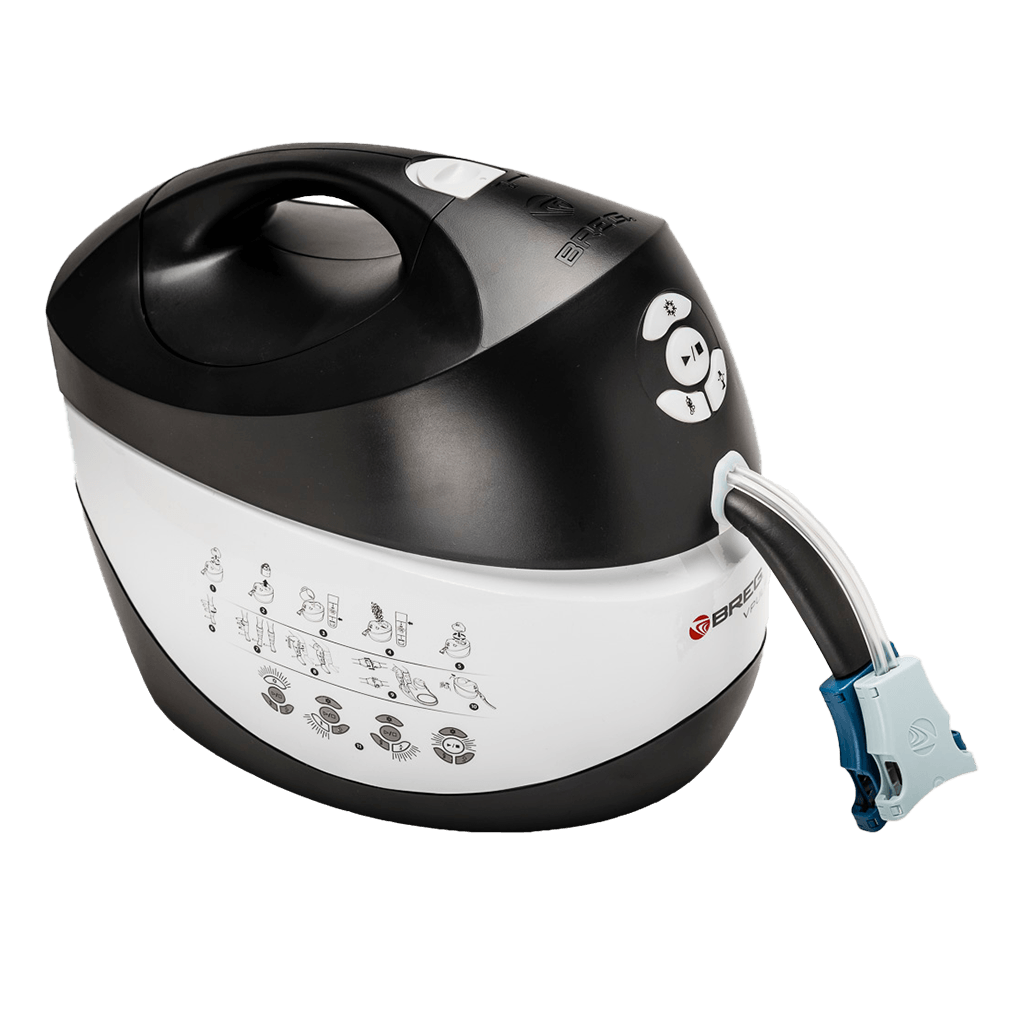
Slide title
Write your caption hereButton
Why Do I Need Cold Therapy After Surgery Or Injury?
After an injury or surgery, your body initiates a biological response to try and remove or heal damaged cells. This response is called inflammation, which is a defense mechanism in the body. Pain and swelling are the uncomfortable symptoms of inflammation, but the good news is that they show that the body is trying to heal itself. Although inflammation is a good indicator of the start of the healing process, it can persist longer than needed and consequently cause more harm than benefit.
That’s where cold therapy comes into play. Applying ice, cold gel packs, a motorized cold therapy system or a motorized cold and compression system can help reduce inflammation, pain, stiffness and swelling and help you recover more quickly. These cold therapy systems have also been shown to reduce the need for narcotic pain medications that can be addictive. This is an important benefit in the midst of the rising opioid crisis in the United States.
What Are The Benefits Of Cold Therapy?
- Decreased pain
- Decreased swelling and inflammation
- Decreased narcotic usage
What Are The Benefits Of Active Compression?
- Mimics natural muscle contractions
- Mechanically flushes swelling from the affected site
- Stimulates tissue repair to encourage the healing process
What Are The Benefits Of Combined Cold And Active Compression Compared To Cold Therapy Alone?
- Better pain control
- Greater likelihood of independence from narcotic use
- Improved range of motion during post-op recovery
- Improved post-operative recovery
- May contribute to better short-term clinical outcomes
Why Would I Want A Motorized Cold Therapy System Versus Ice PacksOr Frozen Peas?
- Greater patient satisfaction: In clinical studies, patients reported greater satisfaction with the cooling of motorized systems, and they were more likely to recommend these devices compared to ice packs. They also believed motorized systems were more convenient and comfortable as they disliked the inconvenience and mess of melting ice. 18
- Improved symptoms: There are clinical studies showing motorized cold therapy units help to reduce pain, swelling and use and requirement of opioids. 14,15,16,17
- Consistency: Motorized cold therapy systems provide a consistent temperature over an extended period of time. Gel packs warm up within 1-2 hours, whereas motorized systems maintain their cold temperature for much longer, which can be beneficial depending on the prescribed length of treatment given by the healthcare provider. 19
- Comfort: Motorized systems’ pads and wraps are more ergonomically and comfortably designed than a typical gel or ice pack. The surface of the pads are typically smoother against the joint and are designed specifically for various joints.
- Convenience: Motorized systems allow patients to work with only one system rather than rotating 4+packs to and from the freezer.
How Does A Motorized Cold Therapy System Work?
A motorized cold therapy system circulates cold water from a cooler to a pad. The pad can be placed on an injured or post-operative body part depending on the prescription of the healthcare provider. The cooler is filled with ice and water to the level indicated in the instructions. These devices are electrical and plug in to an outlet, and they either power on automatically when plugged in or have a power button. Some motorized systems require a barrier between the pad and the skin for safe use. With any cold therapy system, make sure to read all the included instructions before using to ensure safe and effective use of the device and follow the instructions of your healthcare provider regarding duration, temperature, frequency of use and periodic skin checks.
Will My Health Insurance Cover Cold Therapy?
Cold therapy and cold and compression systems are typically not covered by insurance. The cost of these systems is an investment in recovery.
How Long Do I Need To Use Cold Therapy After Surgery Or Injury?
Only use cold therapy products as prescribed by a healthcare provider. The healthcare provider will provide instructions on frequency, compression level, temperature level, duration of use, lengths of breaks between uses, how and when to inspect the skin and the total length of treatment.
What Are Some Common Cold Therapy Uses?
- After surgery application: arthroscopic and reconstructive procedures (ACL, PCL, MCL, LCL, Meniscus), general surgery, plastic surgery
- After trauma or injury
- Chronic pain including Osteoarthritis
- Physical therapy
What Are My Risks?
Ask your doctor about cold therapy risks. Any cold therapy product can cause serious injury if improperly used. Please ensure you have received proper instructions from your doctor and understand the risk before using any cold therapy device or gel pack. Only use cold therapy products as prescribed by your healthcare provider.
Pressio Medical
1050 Wilshire Dr Suite 191,
Troy, MI 48084
Phone (800) 874-1214
Fax (888) 839-6414
Business Hours
- Monday
- -
- Tuesday
- -
- Wednesday
- -
- Thursday
- -
- Friday
- -
- Saturday
- Closed
- Sunday
- Closed
All Rights Reserved | Pressio Medical LLC